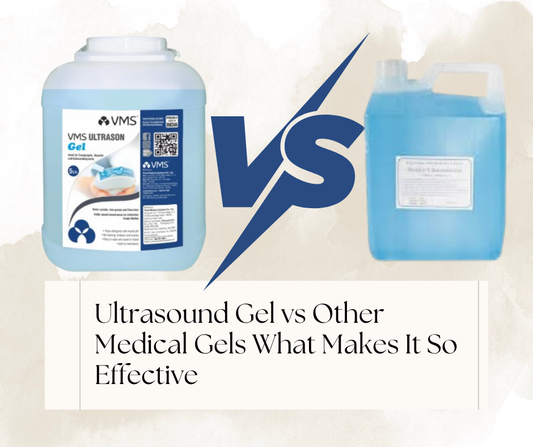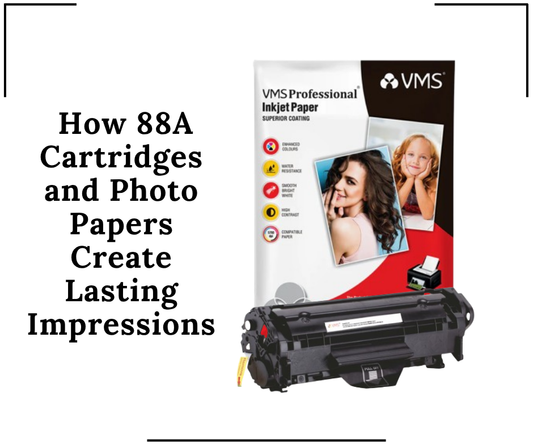In clinical environments where precision, hygiene, and workflow efficiency are non-negotiable, even seemingly minor supplies like ultrasound gel require thoughtful storage and handling practices. Whether it’s being used in diagnostic sonography, cardiology, physiotherapy, or emergency medicine, how you manage your gel can impact not just the image quality but also infection control, cost-efficiency, and compliance standards.
Let’s be clear: ultrasound gel is a critical component of any scanning or therapeutic session. It ensures proper transmission of sound waves between the transducer and the patient’s skin, but if it's contaminated, expired, or misapplied, the entire process can be compromised clinically and reputationally.
In this blog, we’ll break down the advanced protocols and often overlooked nuances of storing and handling ultrasound gel effectively in a clinical setting.
1. Understanding the Sensitivity of Ultrasound Gel
Medical-grade ultrasound gel, including physiotherapy gel and sonography mediums, is formulated with specific properties:
- pH-balanced for skin compatibility
- Non-irritating and hypoallergenic
- Optimized for sound wave conduction
- Often bacteriostatic or sterile for infection prevention
These formulations are vulnerable to environmental degradation, microbial contamination, and inconsistent application especially in fast-paced clinics. That’s why meticulous storage and handling are vital.
2. Storage Temperature: Not Just a Suggestion
Ultrasound gel is best stored in controlled room temperature environments, typically between 15°C to 25°C (59°F to 77°F).
Storing it outside this range can lead to:
- Separation of components, affecting viscosity
- Reduced acoustic conductivity
- Changes in texture that impact user comfort
Avoid:
- Direct sunlight
- Proximity to radiators, heating vents, or windows
- Cold storage below 5° may cause gelling or crystallization
Pro tip: For improved patient comfort, some clinics use gel warmers that maintain the gel at body temperature (~37°C), especially for OB/GYN or pediatric scans. However, only use warmers with built-in thermostats to prevent overheating.
3. Proper Dispensing: Where Cross-Contamination Begins
In busy clinics, the urge to reuse or share dispensing bottles can be tempting but it’s a dangerous shortcut. Improper dispensing is one of the primary causes of gel-related contamination, especially in high-contact zones like ICUs or wound-care units.
Best Practices:
- Use single-use packets whenever possible in sterile environments
- For reusable bottles, label with open date and discard date
- Employ no-touch dispensing caps to reduce direct hand contact
- Clean dispensers daily and disinfect surfaces where they are stored
Avoid:
- Refilling large bottles without cleaning
- Touching the bottle tip to the patient’s skin
- Using expired or unsealed gel containers
Even Ultrasound Gel or any high-quality physiotherapy gel can lose its efficacy if dispensed in a compromised manner.
4. Labeling and Traceability: Small Details, Big Compliance Impact
Proper labeling of ultrasound gel containers is often overlooked but is essential for inventory management and regulatory compliance especially in NABH or JCI-accredited hospitals.
What to Label:
- Date of opening
- Expiry date
- Batch number (especially in case of recalls or adverse events)
- “For External Use Only” and “Single-Patient Use” warnings where applicable
This becomes particularly important if you're managing bulk stock across multiple departments or locations.
5. Inventory Management: Avoid Expiry-Driven Waste
Running out of gel mid-scan is frustrating. Using expired gel is worse. Both result from poor inventory practices.
Pro Tips:
- Use the FIFO (First-In-First-Out) rule
- Maintain a monthly stock audit
- Keep a minimum threshold level to trigger reordering
- Store gel in a cool, dry, dedicated area away from chemicals and consumables
Using a barcode-based inventory system can further improve traceability and ensure zero-expiry waste a metric increasingly tracked in hospital quality assurance programs.
6. Staff Training: Standardizing Protocols Across Teams
Even the best products can be misused without proper training. Ultrasound gel usage protocols should be integrated into induction training for:
- Radiologists
- Physiotherapists
- Sonographers
- Nurses
- Medical Assistants
Include these key points in your SOPs:
- How to inspect gel for separation or cloudiness
- When to discard an opened bottle
- How to clean warmers and dispensers
- What to do in case of accidental contamination
This ensures clinical consistency across departments and reduces liability risks.
7. Disposal: Don’t Overlook the End of the Lifecycle
Dispose of expired or contaminated gel responsibly:
- Do not pour gel into sinks some variants can clog drains
- Follow your facility’s biomedical waste guidelines
- Seal partially used gel containers in clinical waste bins if contaminated
- Do not reuse bottles for other fluids or non-clinical purposes
Proper disposal reinforces your facility’s hygiene and sustainability commitments.
Conclusion: Elevate the Way You Handle the Small Stuff
In the clinical world, it's often the most underestimated elements like a bottle of ultrasound gel that influence outcomes, perceptions, and operational standards. By optimizing how you store, handle, and dispense ultrasound gel, your facility demonstrates a culture of excellence, compliance, and patient-first care.
So the next time you squeeze a drop of Ultrasound Gel before a scan, remember: that drop carries with it your clinic's standard of precision, professionalism, and protection.



